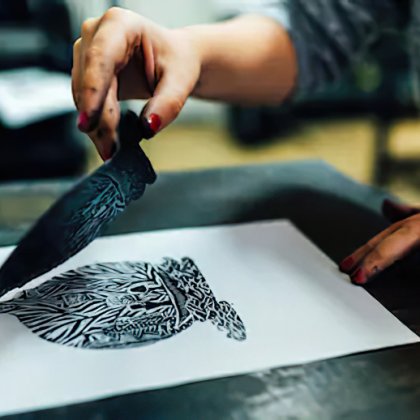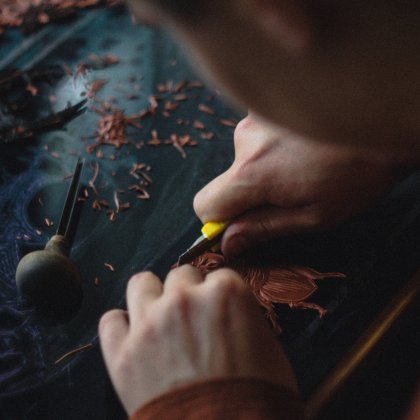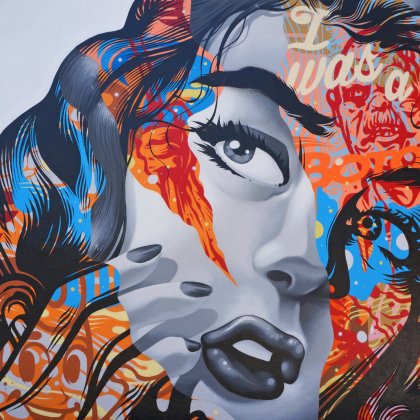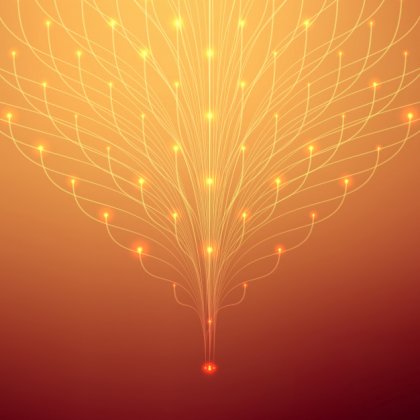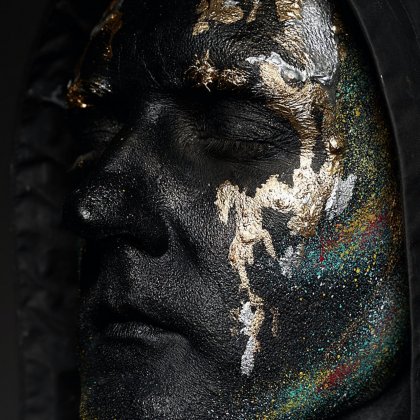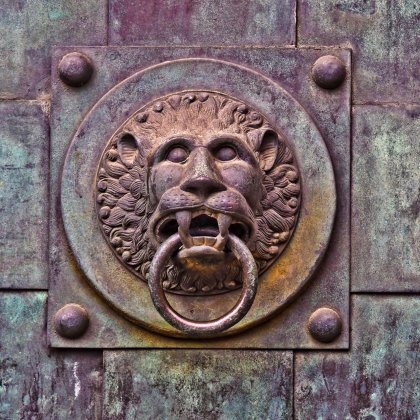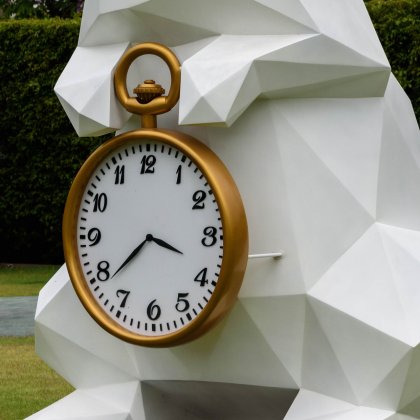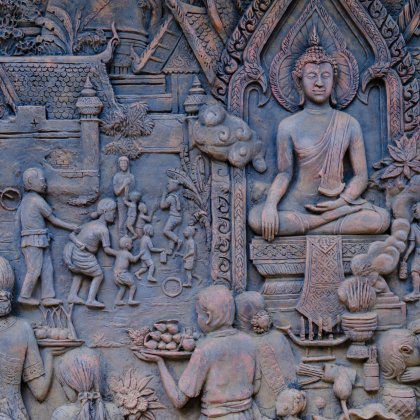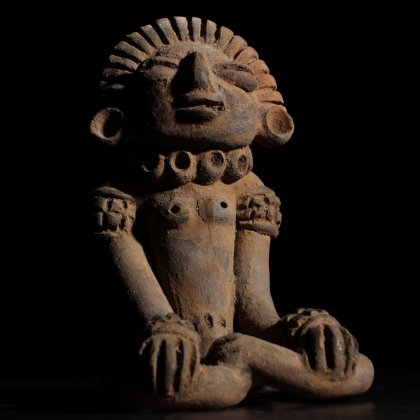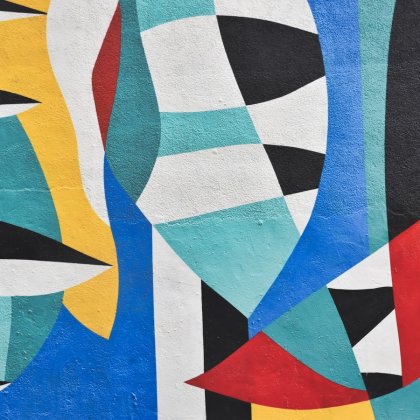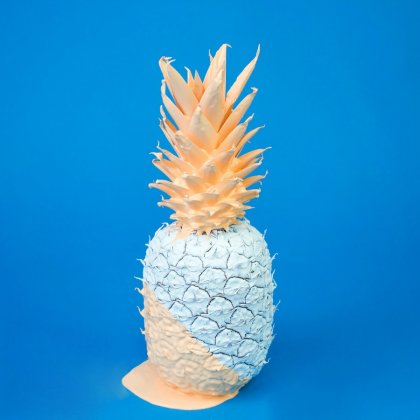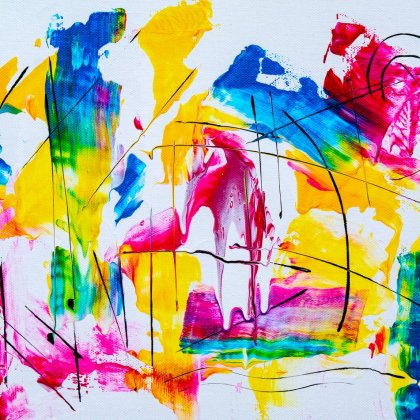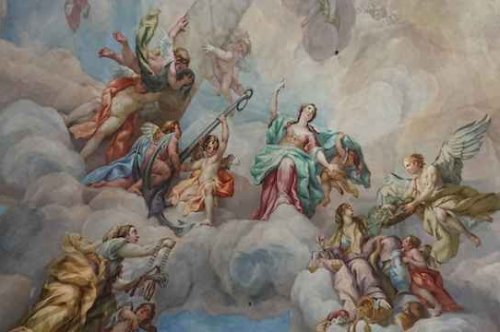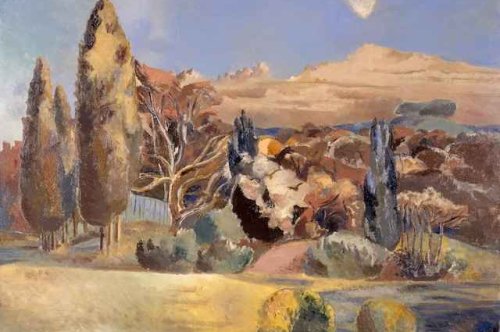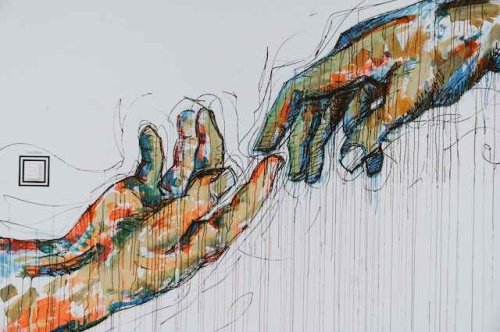Meet Amaya Fernández Fariza

BEGINNING AND EVOLUTION
Her interest in painting and plastic expression begins in childhood. The truth is that she needs to capture her visions on a surface, create... She is inspired by nature and her thoughts about the world around her.
In 1981, she enters into the University of Fine Arts of the Basque Country where she intends to start a new path that will enrich her knowledge and her vision of art. She begins to see how her classmates work, to exchange ideas, and to soak in an environment in which she develops new experiences. In this way, she lives art intensely. Since the first course, the painter acquires valuable information about the formal and plastic concepts as well as the history of art.
During the years of her career, she undergoes a clear evolution in her way of working and the development of her works. From a stiff painting without any pretensions, applying anodyne colour, to a much more intimate and mature world in which she develops interpretative and formal fluency.
She chooses to specialise in Painting.
The main ideas of the school are the rejection of any attempt at academicism and the search for innovative concepts, not a faithful imitation of the visible world, but a synthesis of the real or a personal and expressive interpretation.
As time goes by, her evolution undergoes several changes, her painting is becoming looser, she feels more freedom when creating and her themes are more diverse. After the third course in which emphasis is placed on colour, her paintings acquire a new richness. She works with different techniques; the contrasts are more daring and more attractive. The figures acquire more life, she tries to get the best out of acrylic paint.
After some attempts of abstraction and of deformation of the real, she goes back to the realism. At the end of her studies, her own style is well established, with colourful images that narrate situations, portraits, landscapes. She tries to free herself from certain ties escaping of the monotony.
Her motivations are objects, nature, surroundings, people... With the help of photography, she looks for those motifs that serve to inspire her and later on creates her artistic work on canvas.
SUBJECTS
Images are depicted that are familiar to all but at the same time are very personal. They are scenes full of naturalness where she tries to give an extraordinary tone to the everyday. She uses photographs that she takes highlighting the human figure. Other type of subjects can also be found such as interiors or exteriors. She discovers static characters with a certain inner life, emphasizing their tenderness and highlighting their nostalgia.
She wants to transmit an emotion in her paintings. In the characters and atmospheres, she tries to express a romantic feeling of searching for nature, greens or the sky. It is also important for her to admire the work of other artists.
INFLUENCES AND SIMILARITIES WITH OTHER ARTISTS
All artistic works in general, past and present interests her but logically, there are certain artists to be highlighted.
She admires the strength of the message conveyed by the pictorial representations of Romanesque art as well as the rigorous and synthetic formal compositions. From the Baroque, many are admired for the representation of a realism with astonishing techniques, such as Velázquez or the chiaroscuro of Caravaggio. The impressionists are of great interest to her because of their concept of nature and light, such as Sorolla and the vision of Monet's landscape is spectacular for her.
Besides, she likes the way Matisse unifies large areas of pure colour.
Regarding Pop Art, David Hockney makes a very synthetic use of the figure and flat but strong colour. It is an explosion of expressiveness. His subjects really call her attention. She also looks up to German expressionists such as Kiefer and Baselitz for their message and expressive force.
INTERIOR AND EXTERIOR EXPERIENCE
It is important to work in an intimate environment that helps reflection and concentration and at the same time, an openness to the outside when showing the work or looking for ideas. The painter, in her opinion, must explain herself through her work. It must be strong and speak for itself.
The pioneers of the avant-garde postulated a revolutionary aesthetic under the sign of rupture and emancipation, now it has returned to regression and a little conservatism, the modern cultural phenomenon of the avant-garde has lost all energy and all radical substance.
In her opinion, the impoverishment of the artistic object affects, in addition to the work of art in particular, the concept of art in general." We find ourselves in a civilized world full of faded objects, concepts are not understood, the work of art must have a special magnetism, internal values that show something more intimate, something that endows it with harmony and the essential balance".
She seeks harmony between formal elements (rhythm, composition, balance, colour...) and psychological elements (energy, passivity, intuition, imagination, dreams...).
REALISATION
During all her first period and until approximately the year 1990 she uses acrylic. Fast drawing, and realization of the stain. She does not work with sketches, only at the beginning. She intervenes directly on the surface of the canvas with the development of the forms, makes the stain and then applies layers of colour. At the end she finishes the details. She uses photography as a means of inspiration, she takes pictures of everything she finds interesting and then works on these ideas.
In 1996 she interrupted her career to reconcile her family life. Her three daughters were born and she did not pick up her brushes again until 2008. She suspends all kinds of events and exhibitions and resumes them later. During those years, the painter feels she loses projection in her artistic career, but her personal life compensates her.
Currently she works a lot on the human figure and focuses on nature. She likes the dynamism that these themes offer and develops all her works around this. They are everyday situations and close environments. The technique is oil on canvas. It gives her more freedom because of its quality of being a paint dissolved in oil that takes time to dry and is mouldable. This is what she likes, blurring, applying glazes, layers that overlap fresh and other dry.
She has been teaching painting for more than 20 years. She has a long exhibition career, mostly developed in Spain, and her works are in private collections in different parts of the world.
 English
English
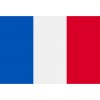 Français
Français 
















